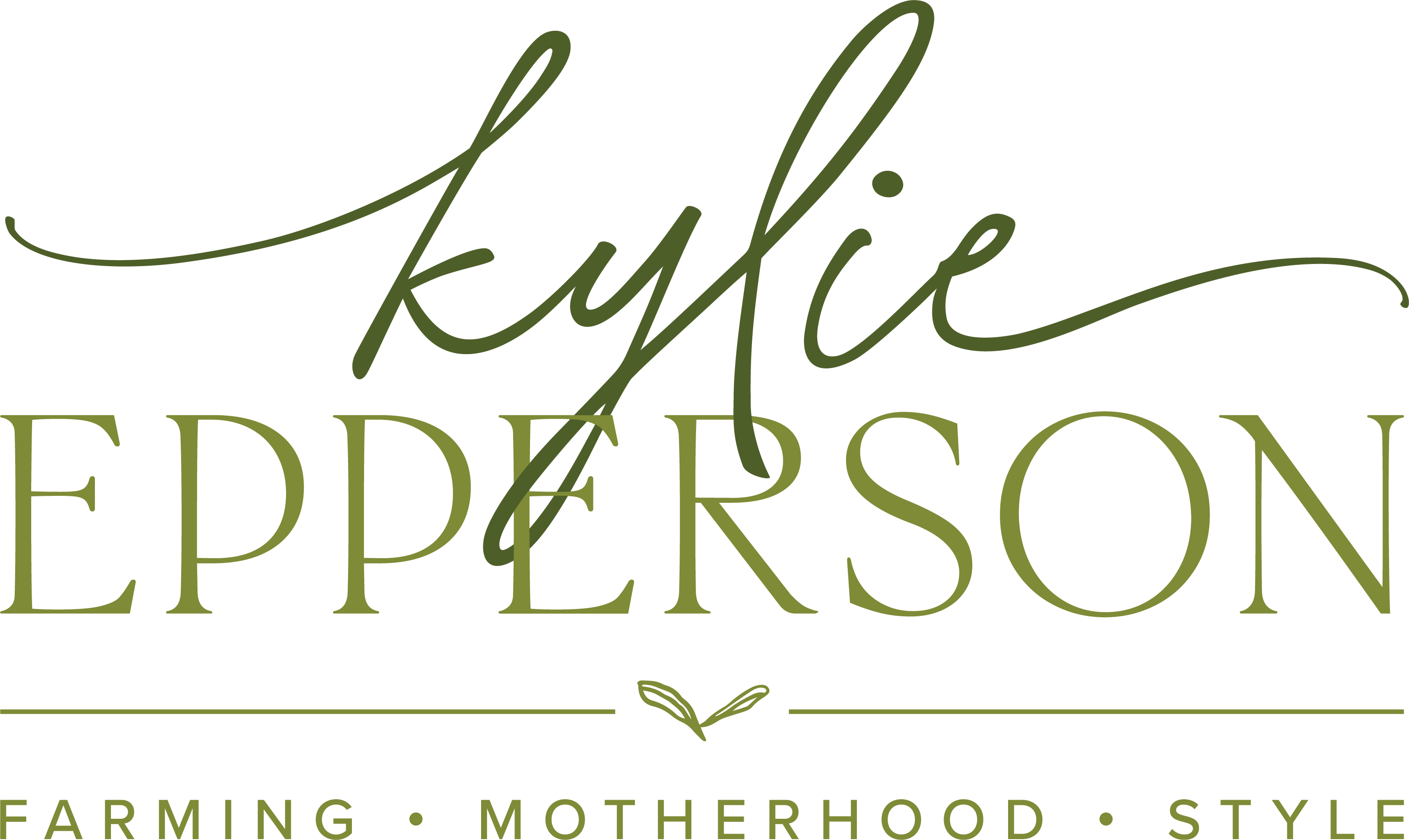Sustainability – a key phrase in our day to day lives in the agriculture industry. As farmers, we have a desire and duty to respect and preserve the land, conserve resources, and be environmentally responsible in order to be able to pass down our farming operation to future generations. I talk often about our legacy – our story. Being a sustainable farming operation and livestock producer play a large role in our day to day work and our goal to pass our farm down to our children.
The idea of “sustainability” has really been a hot button issue in the last couple of months ever since an east coast legislator made irrational claims on addressing “factory farms” (one of my most hated phrases) and “farting cows.” So, how exactly are we a “sustainable” farm, specifically regarding swine production?

America’s pork producers, and other livestock producers, are among the most environmentally conscious food producers in the world today. Earlier this year, the National Pork Board released a study completed by the University of Arkansas, that showed from 1960 to 2015, US pork producers have an overall smaller carbon foot print by 7.7%, use 25.1% less water, use 7% less energy, and a whooping 75.9% less land (per pounds of pork produced).
Additionally, according to the U.S. Environmental Protection Agency (EPA), in 2007, the swine industry created only .35% of the total US Greenhouse Gas Emissions, with other livestock adding just 2.77%, which totals just over 3% emissions for the livestock industry as a whole. The EPA’s annual Draft Inventory of U.S. Greenhouse Gas Emissions and Sinks report, shows that gross livestock emissions have stayed steady representing approximately 3.5% of the total greenhouse gas emissions since 1990.
Both of the studies above confirm what we, as producers, know.

But how are WE actively being a more sustainable hog operation?
At our farm, we apply our manure to our fields for natural fertilizer, which enables us to benefit on both manure management and cost of commercial fertilizer. We use recharge water to flush the pits into the lagoon, which reduces our use of water. But don’t worry, the pigs drinking water is safe – our whole family (aka tiny humans) drink the same water. Because we built our buildings to house larger number of hogs, we are able to use less land and produce a more consistent pig. These examples are just a few simple but important ways we reduce our footprint.
WE CARE about the environment just like you, the consumer.
WE BELIEVE in improving our practices to ensure sustainability for our future generations.
WE ENGAGE in methods to continue improving our ability to be sustainable.
WE ARE your neighbors and your friends. We have similar interests. We are not the enemy.
Sources:
Sustainable Pig Farming: https://www.pork.org/environment/sustainable-pig-farming/
Agriculture and Greenhouse Gas Emissions: https://www.fb.org/market-intel/agriculture-and-greenhouse-gas-emissions/
New Study From the University of Arkansas Shows U.S. Pork’s Long-term Sustainability Progress:http://www.swineweb.com/new-study-from-the-university-of-arkansas-shows-u-s-porks-long-term-sustainability-progress/
Pork’s Sustainability Story: www.porkbusiness.com/article/porks-sustainability-story-shout-it-rooftops-earth-day
